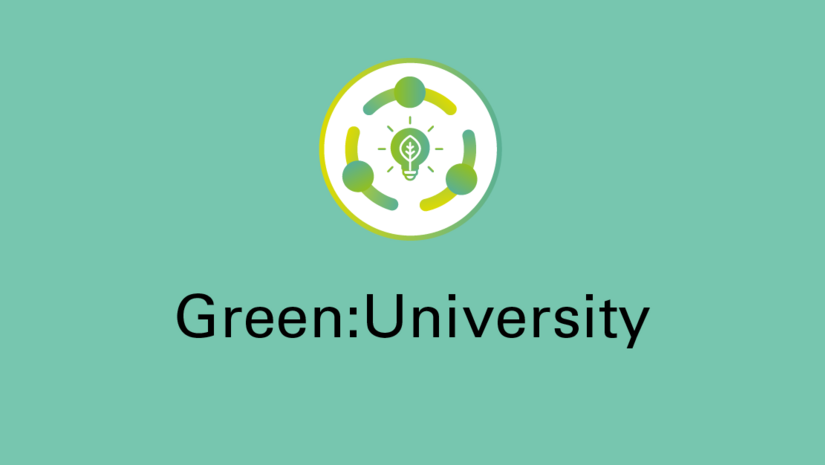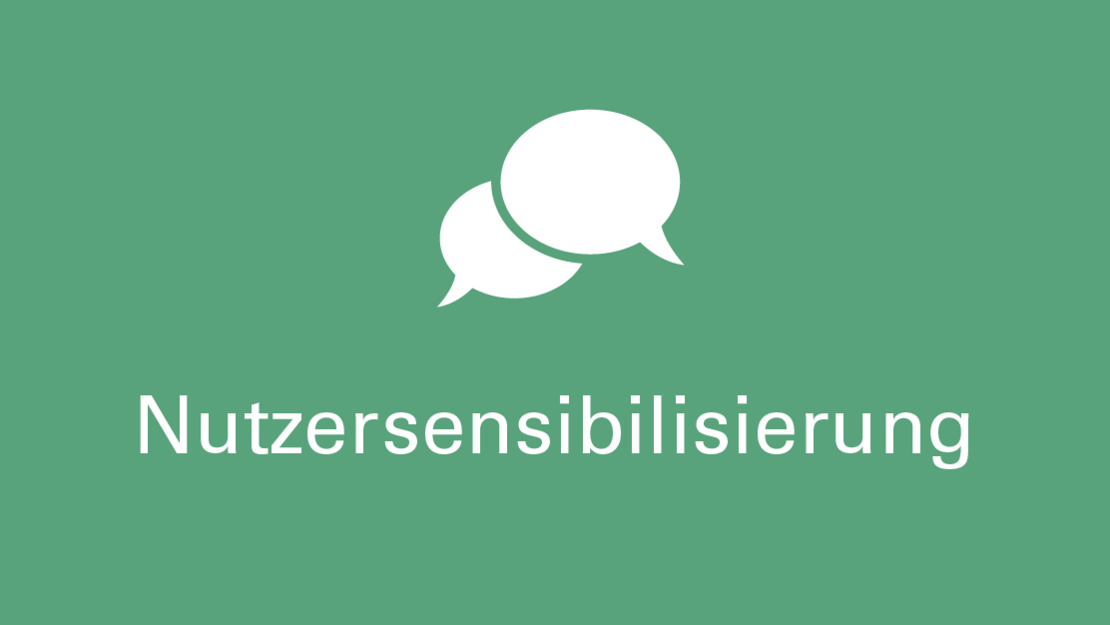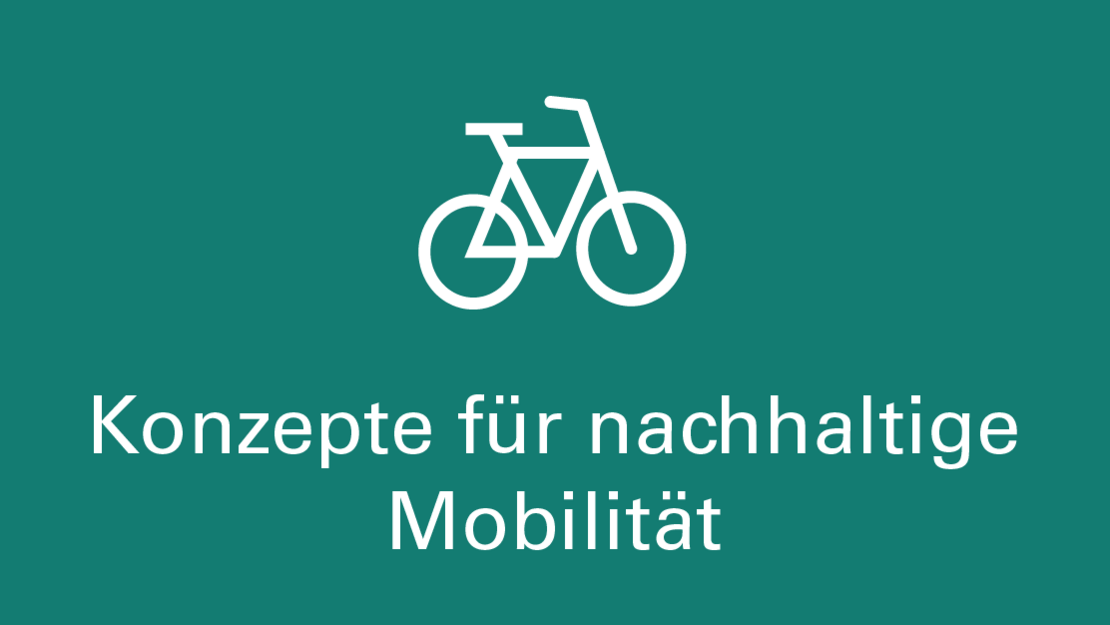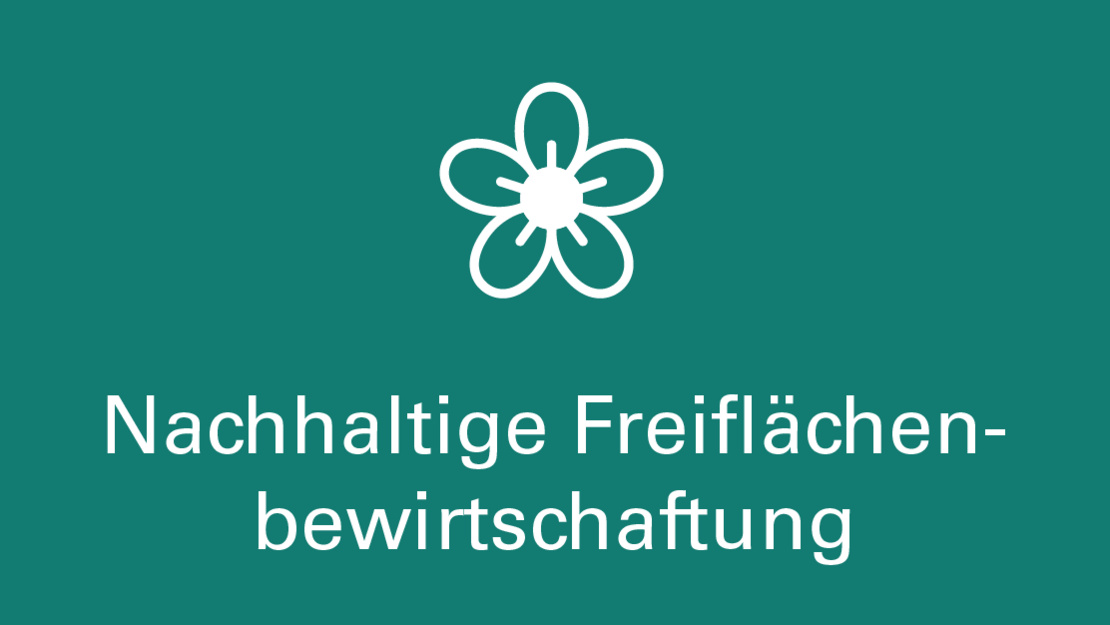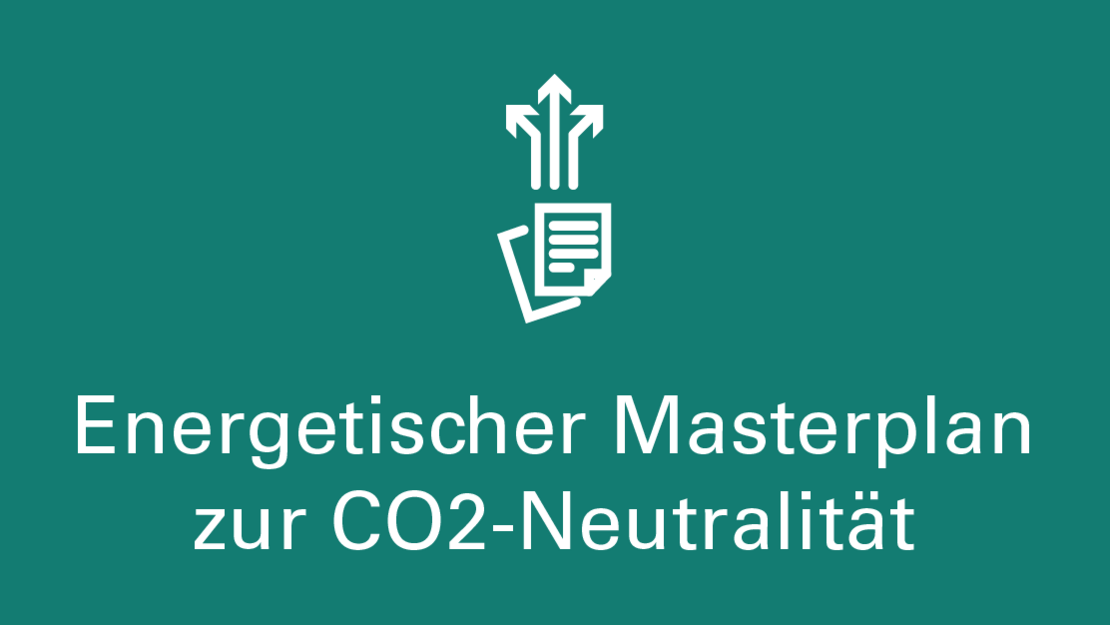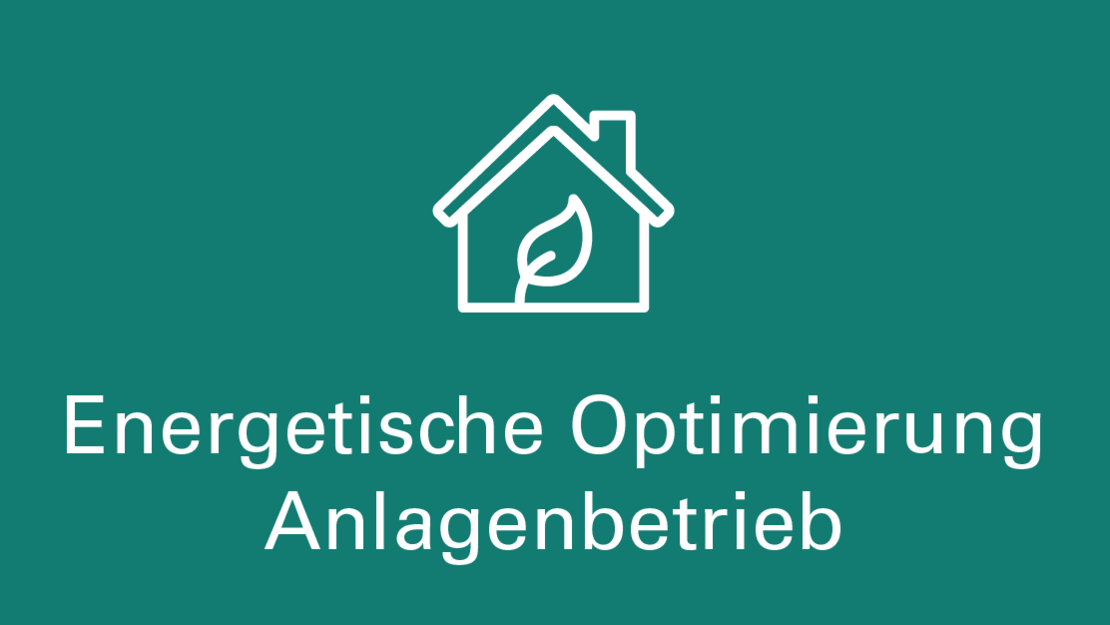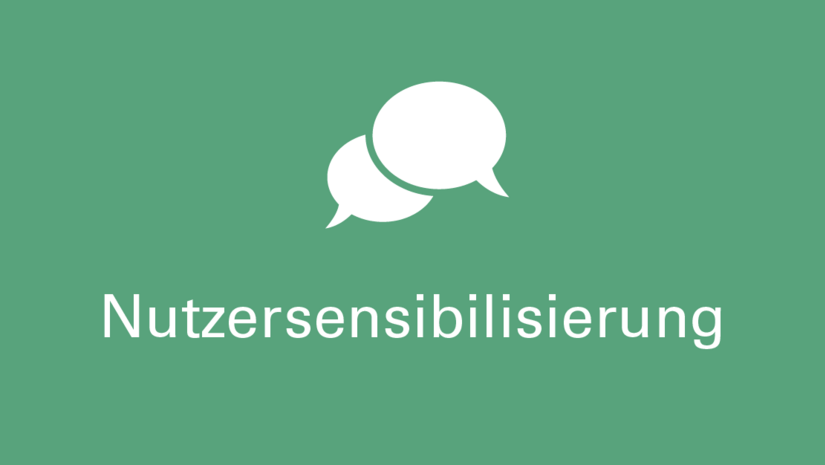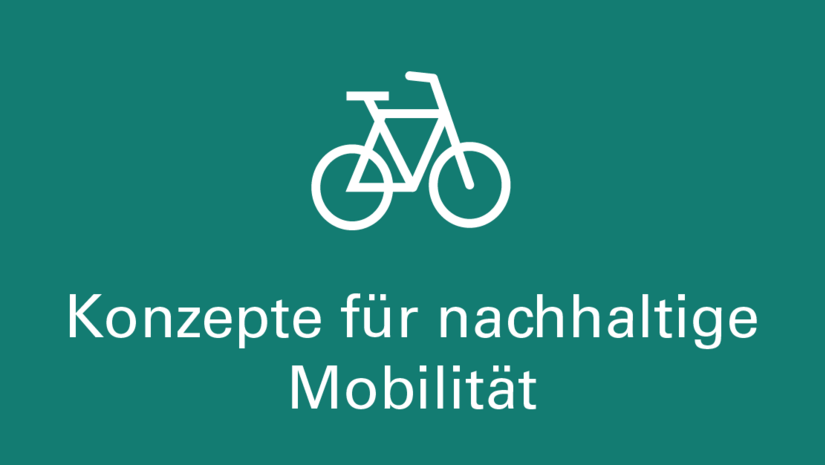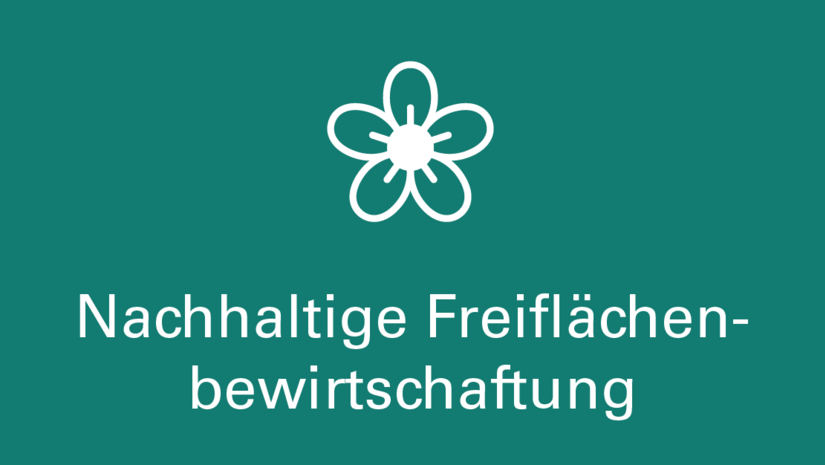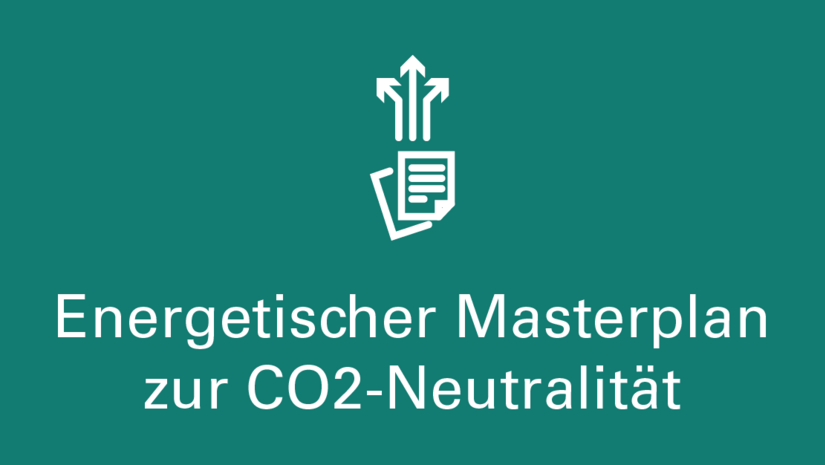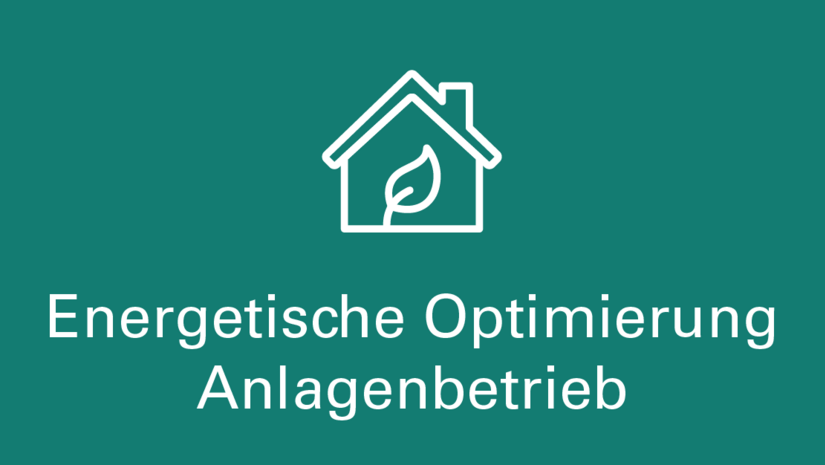Projects 2021-2025
The content on this page was translated automatically.
Brief description of the project
In order to be able to achieve the goal of a largely climate-neutral university in the foreseeable future through a targeted improvement in environmental performance, all university members at the University of Kassel are to be sensitized to the careful use of energy and resources through measures to influence user behavior. The behavior of users has a great influence on energy consumption. The savings potential in this area can be just as high as for investment measures. According to the literature, up to 15% of energy consumption can be saved through behavioral changes (paperless office, switching off electrical devices, etc.). The basis for this is targeted and comprehensive information and motivation as well as sensitization and awareness-raising of those involved with regard to the topic. To this end, university members and university administration should work together on the rational use of energy and resources.
At the same time, the introduction of energy cost budgeting is also to play an important role as an awareness-raising measure. In a first step, potential savings will be identified, which will transparently show users what consumption and costs are currently being incurred as a result of their use. Subsequently, an incentive system for the economical use of energy is established, the aim of which is, depending on the energy cost savings, to be able to harvest the "low-hanging fruit" of energy savings themselves through low-investment measures. Accordingly, the respective user groups receive a corresponding award, which is intended to provide a renewed incentive to want to identify further measures, if necessary.
The energy-saving measures are identified together with the respective user groups and, if they are economically viable, implemented by the energy efficiency management via intracting. The necessary investment budget for structural and technical measures is available on the intracting cost center.
The project unit is to be located in the sustainability management/new Green Office for overarching user sensitization and sustainability communication and is to cooperate with the intracting project to support the implementation work of the pilot project on energy cost budgeting that has already been approved.
Milestones and planned work steps
The University of Kassel is aiming for improvements in terms of energy consumption andCO2 emissions, but also in terms of the internal and external visibility of its sustainability activities. Therefore, user awareness measures will be implemented on three communication channels along the sustainability strategy:
- Internal university communication:
- To publicize and improve implementation of the sustainability strategy.
- To initiate a continuous sustainability process and participation of the operational areas
- To generate motivation, sensitization and awareness for the topic of sustainability and the necessary mobilization for behavioral change
- Participatory communication:
- To engage and increase participation of all university stakeholders
- To initiate an overall institutional change process.
- To activate as many university stakeholders as possible and initiate an identity-building process
- External communication:
- To network with higher education institutions regionally / nationwide and engage in exchange to generate added value
- To make sustainability efforts transparent and to present results and discuss them with experts and the general public.
- To build an image and position the university in a competitive environment.
Brief description of the project
Transport and mobility are of central importance at universities. As places of education and research, universities are places of activity for a large number of university members in their everyday work. Together with students, a network of daily routes is created over the course of a semester, linking work, teaching and research with living and leisure. In addition, there are numerous routes for business trips and travel to various events. All these routes have to be managed. Therefore, the mobility generated by universities has a high relevance for the generation of greenhouse gas emissions. The goal of universities must therefore be to develop sustainable strategies and environmentally compatible concepts for socially necessary transportation.
In order to develop such a strategy comprehensively and across the board, the first step is to conduct a basic data survey on the mobility behavior of all university members. In the second step, the recording of transport demand, requirements and wishes for mobility will enable the development of a concept for sustainable campus mobility and logistics, which will include measures from the subject areas of bicycle infrastructure and e-mobility. After implementation of the measures (third step), the success of the concept will be tested via a second wave of surveys (fourth step). As a result, the project should not only lead to more sustainability in mobility and logistics at the University of Kassel, but also produce a scientifically based guideline in which recommendations for the implementation of sustainable transport are given for other universities.
For this purpose, for example, bicycle storage facilities in the form of so-called "solar bike houses" can be further developed. This lighthouse project can bundle the diverse functions of the urban space. The energy generated by the solarRadhaus can be used directly on site for charging e-bikes and e-cars as well as for night-time lighting. In this way, sustainable energy generation is combined with passive shading, and parking areas for bikes and charging stations complement each other with recreational opportunities. The result is a synthesis of sustainability and design that invites more environmentally conscious behavior.
Milestones and planned work steps
An integrated, holistic concept is to be developed as part of the project. For this, a systematic recording and documentation of the initial situation is indispensable. The mobility behavior of students and employees is at the core of the analysis. In addition to individual mobility, the university's internal processes (e.g., business trips and the university's vehicle fleet) are to be examined more closely.
Based on the findings of these preliminary surveys, measures will be designed and summarized in an integrated concept, which should contribute significantly to the sustainable transformation of campus mobility and logistics. Measures are planned in the following areas, among others:
- Bicycle infrastructure (including high-quality bicycle parking facilities in the form of so-called "solar bike houses").
- Charging infrastructure for e-vehicles
- Public transport systems (public transport, car-, bike- and ridesharing)
- Vehicle fleet management (structure and use of company vehicles, including company and cargo bikes)
- Business travel (e.g. development of a business travel policy with included sustainability criteria)
- Mobility management and communication measures
This is to be followed by a planning concept in which, among other things, the concrete measures for implementation are to be prioritized. An important goal of the university is to start the initialization from the developed sustainable mobility strategy in parallel. In order to be able to start a concrete implementation of e.g. structural measures (bicycle parking facilities, e-charging infrastructure), the investigation and comparison of the different financing possibilities is a further building block in the planning concept. The corresponding applications must be coordinated with the overall concept in terms of timing and content. Those involved in the field must be found and coordinated for concrete implementation.
In the next step, the implementation of the measures will be monitored. The department of traffic planning and traffic systems supports the implementation continuously with technical expertise. The progress of the implementation of measures is to be continuously documented and cost and greenhouse gas savings systematically recorded. In this context, the coordination of the technical participants in the implementation will be a further building block; tenders and the awarding of construction services will be the next step in the concrete implementation of individual projects according to prioritization.
At the end of the project period, the success of the measures is to be evaluated. To this end, two surveys will be conducted, which will allow conclusions to be drawn about changes in the mobility behavior of students and employees. Cost and greenhouse gas reductions will also be presented and evaluated. The transferability of the results will be examined and, if necessary, the implementation of further measures will be recommended.
Brief description of the project
An overall open space planning concept is to be developed for increasing biodiversity on the Holländischer Platz campus and the external sites, which is to serve in particular as a basis for new planning and maintenance. For ecological and climate-ecological reasons, the concept should provide for measures in the area (green roofs, permeable paving, green spaces, trees, green walls) that not only improve the microclimate and take into account increasing heat periods, but also promote the biodiversity of different species groups. These measures should be taken into account both functionally and in terms of design, ensure a reduction in inner-city heat islands and increase the quality of stay. In new planning, increasing importance is also to be attached to unsealing existing open spaces and planting them with cooling vegetation wherever possible. The goal is sustainable open space design that reduces heating during the day and increases cooling at night. Plant use shall be sensitive to species conservation. The preservation and promotion of native flora, fauna, and biodiversity is generally considered a significant task of sustainable campus design. Particularly for rare animals that occur in the city, but also for formerly widespread 'common species' such as the house sparrow, a structurally rich use of plants with trees, shrubs and herbaceous species should be offered as a place of refuge, food source and nursery. In addition, insect hotels as well as bat and bird nesting boxes are planned in the concept development.
In addition, strategies and measures for rainwater management are also considered in the urban development concept within the concept, whereby, in addition to unsealing, combinations of rainwater utilization and downstream infiltration systems are to be aimed for.
Central topics are:
- The development of an overall open space planning concept
- Shading concept for building areas exposed to summer overheating, taking into account ecological and functional requirements such as:
- New tree plantings woody plants, extensive meadow-like plantings, paths and borders, flower lawns and building greening.
- Stormwater management / retention areas
- Accessibility
Milestones and planned work steps
First of all, an inventory analysis of all sites is to be carried out; all data relevant to the area and use are to be collected in order to obtain an overview of the degree of sealing of the respective site. Existing air-hygienic and urban-climatic analyses in the form of the climate function map of the city of Kassel are to be spatially refined for the Holländischer Platz campus and used to develop measures for land use, climate protection and climate adaptation.
In work step 2, the uses of the outdoor space and the spatial effect of the buildings will be analyzed at all locations. In addition, an inventory is made of campus technology such as outdoor lighting and furniture, accessibility and other relevant aspects. Subsequently, the overall strategy will be developed. This also takes into account measures already identified (digital brainstorming 2020, environmental program for the EMAS project). If necessary, further ideas generated in the participatory process will be incorporated into the overall strategy (see application for sustainability office, participation formats). The strategy should also consider barrier-free design, durability and sustainable use of materials. This phase is subsequently supplemented by work step 4, which, building on the surveys and results of the analysis, takes a sounding for the development of the overall strategy and supplements it with climate adaptation measures and measures to increase nature conservation, biodiversity, species protection and biodiversity.
Work Step 5 envisions supplementing the overall strategy with stormwater management strategies and measures. Tree sponsorships are also to be prepared in this step and also implemented at different locations. Work step 6 pursues the goal of publicizing the overall strategy. A public presentation of the concept in a brochure as well as the presentation of the concept contents on the website Environment and Sustainability and a press release are planned after project completion. In addition, there will be individual publications in trade journals.
Brief description of the project
The University of Kassel strives for an ecologically sustainable development of its operations and thus wants to live up to its social role model function. Of the 111 properties currently under the university's responsibility, around 60 buildings stand out where significant savings potential can be expected through renovation measures. Due to the widely varying years of construction and the diverse architecture that characterizes the University of Kassel, it is also necessary to take a differentiated look at the energy-saving possibilities. The projects initiated since 2016 in the area of sustainability in operation have already shed light on several individual topics and are attempting to structure initial approaches to solutions as well as a survey of the existing situation. The task now is to bundle these individual topics and transform them into a coherent overall concept. In the process, accompanying peripheral topics are also to be taken up and culminate in an energy master plan by means of an intensive coordination process. The aim is to increase the energy efficiency of the buildings, which, in combination with the lowest possible use of primary energy, will lead to a significant reduction in greenhouse gas emissions. The energy master plan is to be understood as a roadmap that defines concrete measures that are necessary on the way to the self-imposed goal ofCO2 neutrality of the University of Kassel by the year 2030.
Milestones and planned work steps
The path toCO2 neutrality is based on several pillars:
- A significant reduction in energy requirements for building management is central to this. This applies to both winter heating and summer cooling, as well as to other energy-related operating processes caused by the university's diverse usage structure. Therefore, the principle applies that energy that is not consumed does not have to be generated in the first place.
- The generation of the required energy must be as sustainable and environmentally friendly as possible. The focus should be on renewable energy sources in order to reduceCO2 emissions. All possibilities for local expansion are to be exhausted. Energy that is generated and consumed decentrally creates sustainable processes.
- LocalCO2 sinks and reservoirs will be increasingly expanded and their potential exploited. Greening, planting and unsealing do not only improve the microclimate and are a future-oriented contribution to climate adaptation. Due to their ecological properties, they also have a binding effect forCO2 and thus act as a natural sink.
- Despite the greatest possible efficiency and planning, a university operation will always have an energy requirement and thus an associated emission ofCO2. This smallest possible residual amount will require compensation. The master plan should also show which possibilities arise here. The goal could be local measures, which are also in the exchange of science and education and thus retain a regional reference.
The basic approach is based on the strategy of the Hessian state administration. The specific weighting must be worked out in the context of the master plan of the University of Kassel.
At the beginning, a definition of the fields of action that can lead to a reduction ofCO2 emissions is necessary. This must represent the status quo of the University of Kassel as realistically as possible, from which future planning and balances can be made to ensure measurability of success. The following fields of action for minimizing energy demand must be taken into account:
- Energy retrofitting of the building envelope in all areas that can be implemented. In this context, the internally defined standard is applied rather than the statutory minimum standard (currently GEG 2020). This leads to higherCO2 savings due to its significantly higher requirements (qualities and standard requirements for the buildings of the University of Kassel, status 2021).
- Review of existing plant technologies and their environmental impact. For example, what impact would changing the energy source have on the existing cogeneration plant.
- Survey of the possible solar potential of all usable surfaces. This concerns steep and flat roofs as well as vertically usable areas. In the course of this, shading concepts that simultaneously serve to generate electricity are also to be included. Systemically coordinated storage concepts are also to be provided in order to ensure the highest possible rate of self-use.
- The optimization of the building services engineering will be implemented in a further sub-project and must be carried out in close exchange. This concerns heating systems, cooling systems as well as air-conditioning systems.
- Replacement of the lighting technology with more efficient LED technology and, if possible, the use of presence detectors are planned.
- Other outdated technical equipment, which is present to a not inconsiderable extent, is to be replaced with highly efficient devices. This applies in particular to small electrical appliances (white goods, e.g. refrigerators), which usually meet a very old energy standard.
Brief description of the project
In order to be able to achieve the goal of a largely climate-neutral university in the foreseeable future through a targeted improvement in environmental performance, the energy and resource consumption of buildings at the University of Kassel is to be reduced in order to avoid associated carbon dioxide emissions. In this project, the focus is on the energy-optimized operation of the existing technical infrastructure of the properties.
University buildings are complex systems. They are conceived, designed, constructed, and operated and used over decades by numerous, diverse individuals. Therefore, maintaining building operations at optimal and energy-efficient performance is a major challenge. In fact, many buildings and facilities fail to achieve this. Studies have shown potential energy savings of 5% to 30% that can be realized by optimizing the operation and use of buildings.
In this project, the energy efficiency potentials that arise in the operation of buildings and technical facilities are to be identified, determined and tapped. For this purpose, the existing plant technology and its mode of operation will be analyzed, the requirements for room and building conditions will be determined and defined, and suitable measures will be taken in the area of plant operation in order to achieve the most efficient possible consumption of resources for the necessary building operation.
In addition to the adjustment of setpoints, which are instrumental in ensuring the efficient operation of the systems, completely new control concepts for technical systems and their operation are to be developed, tried out, tested, applied and evaluated. If the evaluation of this process reveals the desired energy efficiency improvements, an attempt will be made to standardize the new control patterns and apply them to other technical plants.
Milestones and planned work steps
After the necessary personnel acquisition, the following work steps are planned for the implementation of the project:
Clarification of the relevant framework conditions and definition of a standardized procedure (project start, duration 3 months):
- Compilation and evaluation of the relevant specifications for building operation from laws, guidelines and ordinances (Building Energy Act, workplace guidelines, building regulations, etc.)
- Development of forms and aids for recording and documenting plant technology.
- Determination and procurement of the necessary measurement technology in order to be able to determine current operating states of the existing plant technology.
- Development of a concept to be able to determine the utilization requirements of the individual buildings in as much detail as possible.
Building-by-building energy optimization of the systems engineering (term - remaining project term):
After the basics and tools for the energetic optimization of the plant operation have been developed, as already described, the buildings will be examined and optimized step by step with a standardized procedure. This will be done according to a priority list that was developed as part of the project "CO2 optimized campus - sub-project potential analysis". This ensures that the buildings with the highest savings potential are inspected and optimized first. In this way, good energy efficiency improvements are already achieved at the beginning of the project. If new findings emerge during the implementation of the developed concept, they will be continuously incorporated into the developed basics.
The large number and complexity of the buildings and their systems engineering ensure that the task of optimizing the energy efficiency of system operation will become an ongoing task. Even if the system operation of all buildings in the portfolio is optimized once, the continuous changes in use mean that the optimization process must be considered again and again in subareas.
